Many of us are unknowingly exposed to some level radioactive radiation every day. There is always some background radiation. Even some common household items can be a source of radiation.
Radiation meters allow you to know the amount of radiation on your environment. Typically this type of meters are used for letting you know if radiation was above background. A Geiger counter — named after Hans Geiger, a German scientist from the early 1900s who worked on detecting radiation — is an instrument that can detect radiation. Radiation meters based on it counter to measure how many radiation pulses are received during measurement period.
The Master-1 is probably one of the cheapest Soviet Radiation Meter on the market and is actually a working basic meter to measure level of gamma radiation. It’s definitely a cool piece of history! Household dosimeter radiometer “Master-1″ was popular at the beginning and the middle of 1990′s (everybody remember the Chernobyl disaster). Dosimeter “Master-1″ intended for measuring of ionizing radiations including dose rate of gamma-radiation. This device does not have sound signals, but will count the number of detected radiation pulses.
Master-1 might not seem to be super practical, but it works OK. Seems like it would be good at what it was designed for, letting you know if radiation was above background. I bought mine cheaply in the 1990′s, and it still works (and gives quite accurate readings) after some fixes made over years. Meters like this can actually warn you of too much radiation (due some accident, very high background level or you are too near some radioactive thing).
Normal reading with the meter is pretty close to the “official” background radiation level on the area measured by professionals.
The meter measures the number of pulses over about 36 seconds.
Here is a video of similar meter (there are different variations of MASTER-1 with slightly different case and features): ‘Master-1’ Soviet Radiation Dose Meter
Let’s look inside the meter.
There seems to be batteries, the geiger tube, high voltage power supply (few hundred volts) and the pulse counter + timer circuitry (those ICs).
The device was originally powered with four 1.5V button batteries on this battery holder. The batteries are wires in series, so the meter works at around 6V when batteries are new.
The battery compartment worked OK when the meter was new, but over the years the battery holder became very unreliable. To get the meter work more reliably, I threw out the batteries, and wired in the + and – power wires from USB cable. In this way I can get reliable 5V (or slightly higher) from any common USB power source (computer, smart phone chanrger etc..). The MASTER-1 meter seemed to work well with 5V power from USB power source and give still reliable measurement results.
Modernized version of Russian GEIGER COUNTER Radiation dose meter personal dosimeter MASTER-1 can be bought here and there. The meter was originally made in Russia, but nowadays it seems that most meters on the market are made in Ukraine.
Other radiation meters links:
Assembled DIY Geiger Counter Kit Nuclear Radiation Detector Beta Gamma Ray new
Smart Geiger Radiation Counter Nuclear Gamma X-ray Detector f/ iOS Android Phone
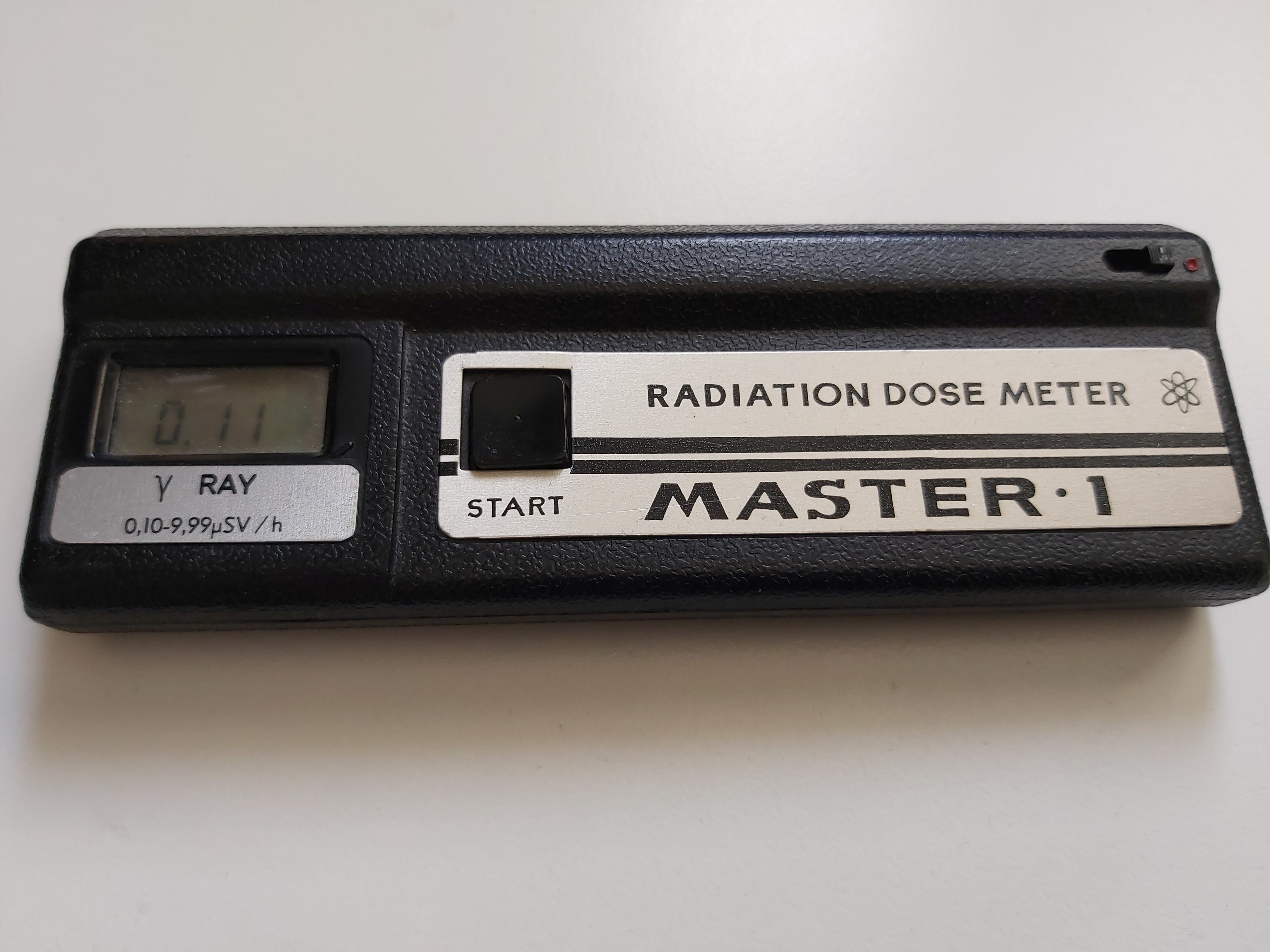
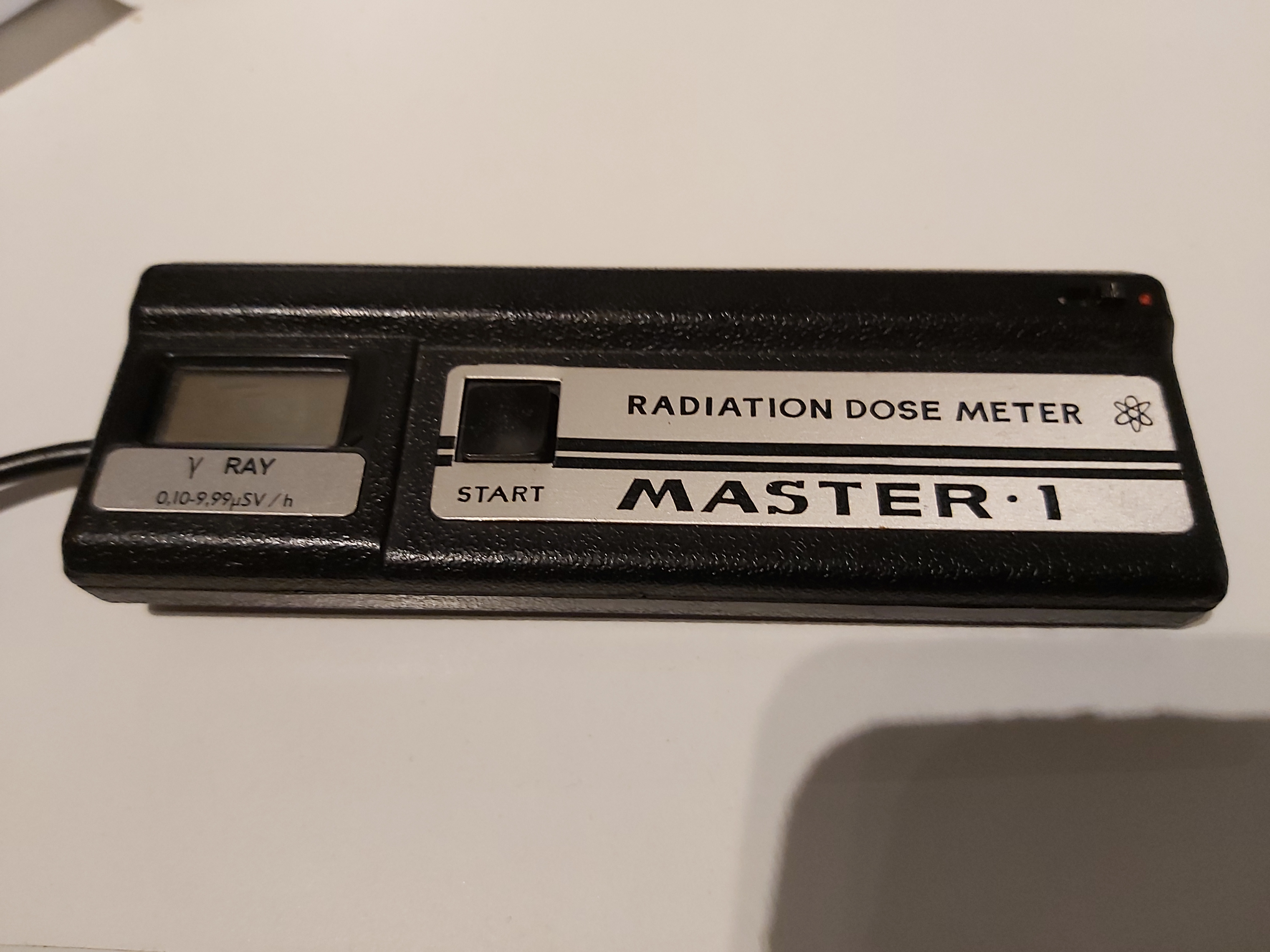
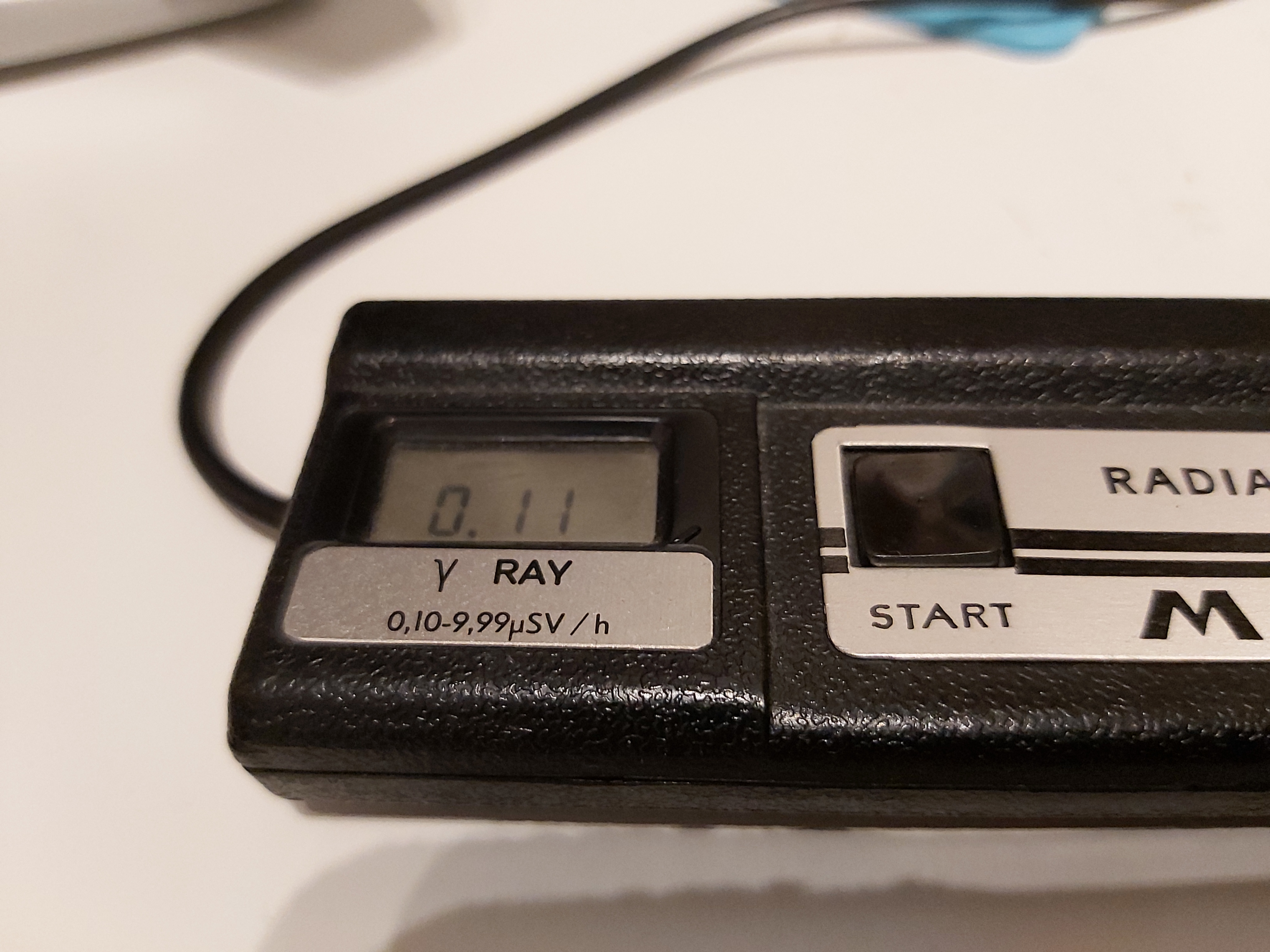
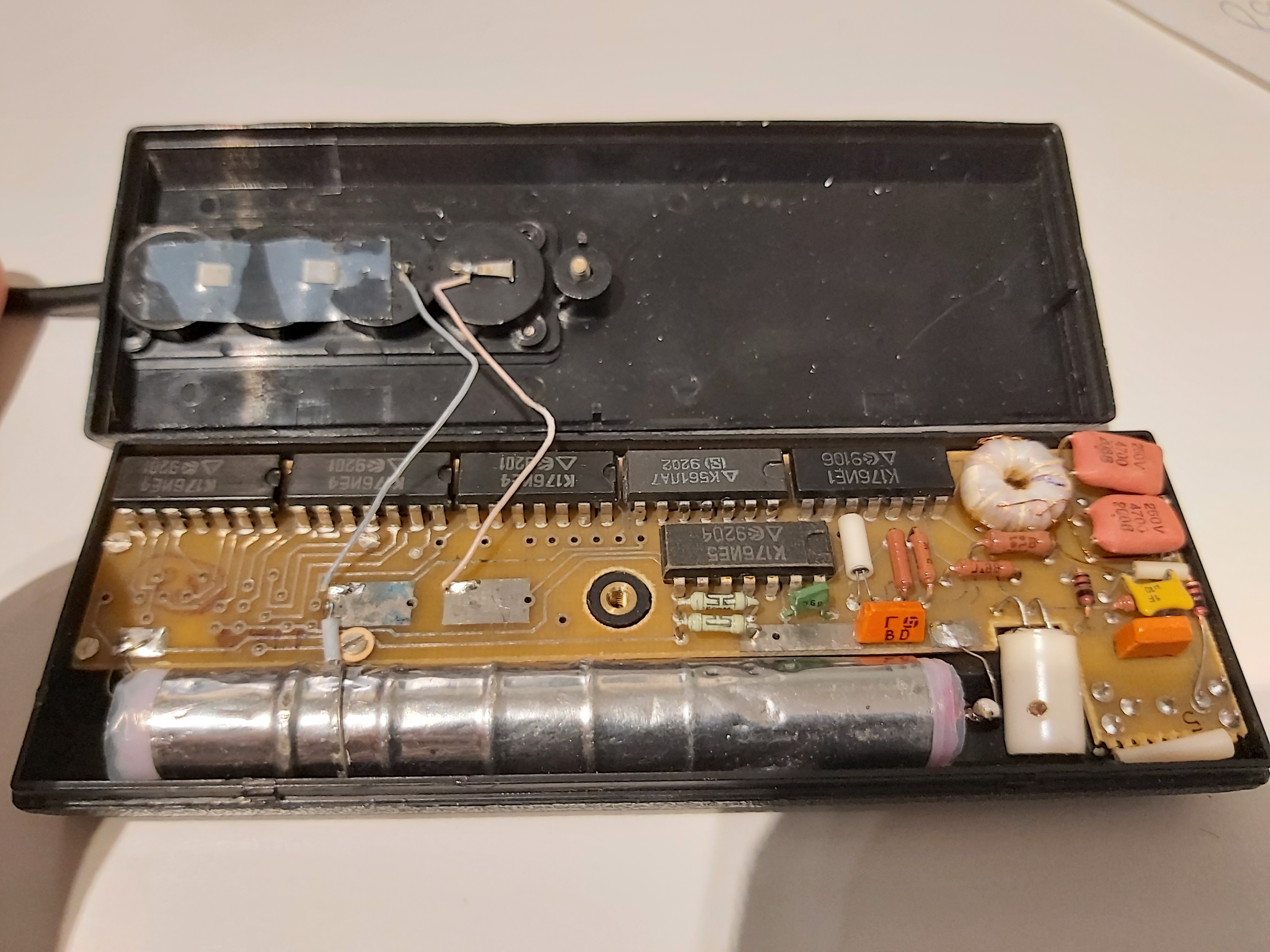
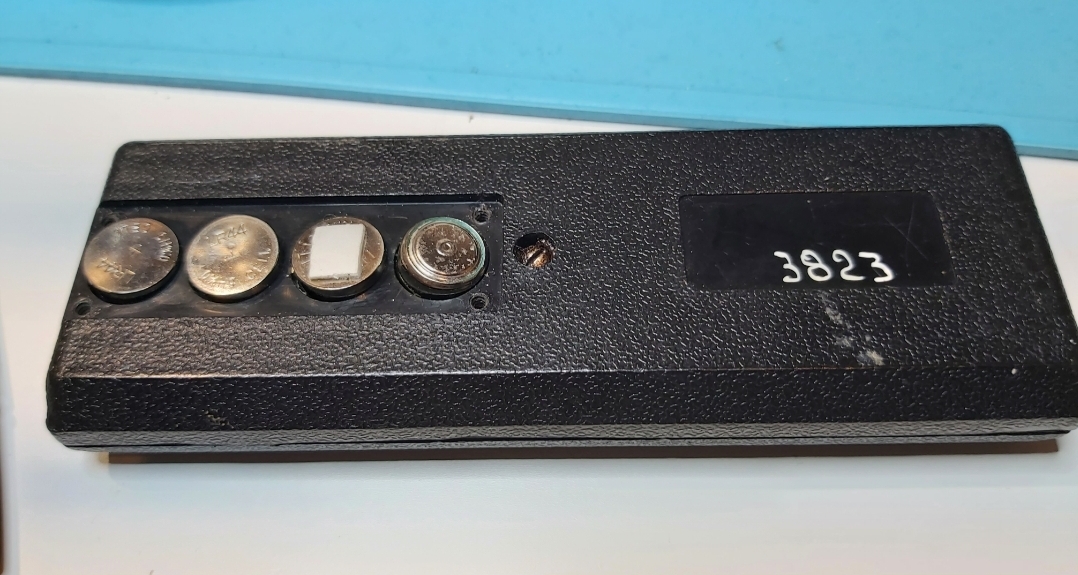
13 Comments
Tomi Engdahl says:
Geiger counter with Z1A tube
Cheap radiation measurement device (with Raspberry Pi Pico for HV generation)
https://hackaday.io/project/184266-geiger-counter-with-z1a-tube
This is more or less a blatant copy of this project (which itself is an adaption of an earlier Geiger counter project):
https://hackaday.io/project/12933-esp8266-geiger-counter
However, I changed values and type of some of the components in order to get a Z1A counting tube work properly (without suggesting that these are the optimal parameters).
Below the technical data of the Z1A tube (according to the distributor http://www.pollin.de; as of March 2022, the price was 15€):
> starting voltage 280…320 V
> working voltage 390 +/-10 V
> differential resistance 1.25 %/V
> max. discharge voltage >500 V
> max. radiation 15 R/h
> lifespan at 5 R/h > 150 h
> dimensions (LxØ): ca. 65×7.5 mm
Tomi Engdahl says:
https://www.stuk.fi/aiheet/sateily-ymparistossa/euroopan-sateilytilanne-eurdep
https://www.stuk.fi/aiheet/sateily-ymparistossa/sateilytilanne-tanaan
Tomi Engdahl says:
Geiger counter with Z1A tube
Radiation measurement device (with Raspberry Pi Pico for HV generation)
https://hackaday.io/project/184266-geiger-counter-with-z1a-tube
Tomi Engdahl says:
Kotikellarista voi tehdä säteilysuojan imurilla ja ämpäreillä, neuvoo 90-luvun turvaopas – fysiikan professorin mukaan niksi jopa toimii
Tilapäisen suojan voi kunnostaa esimerkiksi omakotitalon kellariin. Fysiikan professori sanoo, että pölynimuri suodattaa ilmasta radioaktiivisuutta paremmin kuin tavallinen koneellinen ilmanvaihto.
https://yle.fi/uutiset/3-12372384
Tomi Engdahl says:
Geiger counter with Z1A or SBM-20 tube
Radiation measurement device (with Raspberry Pi Pico for HV generation)
https://hackaday.io/project/184266-geiger-counter-with-z1a-or-sbm-20-tube
Being an absolute noob as to building HV devices and radiation measurement devices in particular this project is dedicated to research. So prototypes will have lots of flaws, but I’ll try to keep a log about findings and this page will continuously be updated.
Tomi Engdahl says:
Geiger counter with Z1A or SBM-20 tube
Radiation measurement device (with Raspberry Pi Pico for HV generation)
https://hackaday.io/project/184266-geiger-counter-with-z1a-or-sbm-20-tube
ESP8266 Geiger counter
Simple Geiger counter using ESP8266 PWM for HV generation and network connectivity
https://hackaday.io/project/12933-esp8266-geiger-counter
Tomi Engdahl says:
How radioactive are bananas and other radioactive foods?
https://www.youtube.com/watch?v=OLdDKb9Bago
It is time to take a closer look at some foods that are often said to be radioactive: bananas and brazil nuts.
How active are they in reality? And why would they even be radioactive in the first place?
Can I find something way more active and still edible in a grocery store?
Let’s find out!
Tomi Engdahl says:
Dosimetry: Measuring Radiation
https://hackaday.com/2022/11/07/dosimetry-measuring-radiation/
Tomi Engdahl says:
https://hackaday.com/2022/11/09/detecting-radiation-for-fun-and-profit/
FNIRSI Radiation Detector – unboxing, test, teardown
https://www.youtube.com/watch?v=TynpfXSBdhU
Tomi Engdahl says:
https://www.tomshardware.com/news/raspberry-pi-pico-w-geiger-counter
Tomi Engdahl says:
https://hackaday.com/2023/01/24/broken-genes-and-scrambled-proteins-how-radiation-causes-biological-damage/
Tomi Engdahl says:
https://cosmicray.com.au/pink-steam
This detector project uses two Cosmic Array Detectors that I had designed for a light and sound installation for the 2017 Splash Adelaide festival. However, in this design, I am creating a 3 + 3 channel system to provide six channels of polyphonic sound.
Tomi Engdahl says:
The Soviet Union’s Deadly Abandoned Nuclear Generators
https://www.youtube.com/watch?v=NT8-b5YEyjo
Radioisotope Thermoelectric Generators, or RTGs (sometimes incorrectly called Nuclear Batteries) are usually utilized in deep space exploration.
But during the 1970s and 1980s, during the height of The Cold War, The Soviet Union manufactured over 2500 terrestrial RTGs to power its unmanned Lighthouses and Radio Navigation Beacons on the Northern Arctic seaboard, or deployed in the USSR’s remotest hinterland rural regions.
When the Soviet Union collapsed in 1991, all these highly dangerous, intensely radioactive devices were simply abandoned in situ, and left to rot for the next 2 decades…. until they started to kill people in the 21st century, with Acute Radiation Exposure. This finally caused the international community to start to take the hazard they posed seriously.
This 30 min video is a documentary on the reasons the Soviet Engineers chose to use dangerous Radioisotope Thermal Generators to power equipment, the technology and nuclear physics behind them, with the help of Matt Damon in the movie ‘ The Martian’ (2015) .
We explore some Abandoned Places in the Former Soviet Union that are still home to decaying RTGS , such as Aniva Lighthouse, on Russia’s Sakhalin Island.